Summertime is a time for camping, water sports and family vacations. But it is also a time for remembering the role of the United States (and the people of Churchill County) in World War II. Summer commences on Memorial Day, a day dedicated to war remembrances, Then, we revisit D- Day on June 6 and the atomic bombing of Hiroshima and Nagasaki in August.
A few years ago, I studied the letters written home by the many local service men and women service stationed here or overseas during World War II. I say “the many” men and women because in December of 1944, the “Fallon Standard” newspaper published a list of those who had served in the war to date. The list is shockingly long, naming 818 on active duty, 19 dead and 70 discharged. The letters I read came from training camps, front lines, prison camps; from Africa, India, the South Pacific, France, England, Italy, Germany; from hospitals, barracks, ships, even prison camps. They described battles, food, loneliness, friendships, and fear. But most surprising, to me, were the reports of chance meetings between Churchill County military men and women stationed far away from home. The odds of those encounters seem quite slight, given the vast expanse of land and ocean over which ranged the training, transport of troops, and battles with the enemy. And yet, they happened. More than once.
On November 25, 1942, less than a year following the Japanese bombing of Pearl Harbor, the “Fallon Standard” reported that four Fallon youths were lucky enough to be assigned to the same training camp, Camp Robinson, Arkansas. William Buckner wrote to his parents that he was stationed there along with fellow Fallonites Joe Streshley, Eddie Viera and Silvio Peraldo. The chief complaint for the Nevada boys was that “We can’t see any mountains — only trees — and it rains three times a day.”
Fallon’s George Serles, stationed “somewhere in Italy,” wrote his mother-in-law, Mrs. J.L. Wightman, in a letter published by the “Fallon Eagle” newspaper on March 4, 1944: “I suppose you thought one of old Jerry’s potato mashers had got me by now. No, but it is scary. Do you remember Russell Boden? I saw him a few days before he got captured and I was in that same battle that day.”
On March 18, 1944, the “Fallon Eagle”reported, “There was probably quite a reunion recently somewhere out in the South Pacific when Technical Sergeant Norman Shuey, U.S. Marine Corps met Harold Kispert, Pharmacist, U.S. Navy. Both men came to this county from the Owens Valley, and both lived here long enough to know all the hunting spots and fishing holes, so had much to talk about.”
One week later, on March 22, the “Fallon Eagle” provided this narrative of another chance meeting between two Fallon boys: “It was quite a coincidence that John Degenar and Bill Schneider, Fallon boys who were close friends at home, should meet somewhere in the Pacific, where both are on duty with the armed forces. John is a signalman on a destroyer, and it had been his habit to greet all B24’s with the question, ‘Have you a gunner by the name of Bill Schneider?’ Imagine his surprise when he landed on an island, and, when he made the inquiry to one of the crew, received the answer, ‘He is swimming over there in a bomb crater.’ They visited together for several days.”
In April 1944, Fallon’s Pat Warr, Navy Nurse Corps, Pacific, wrote to her mother, Electra Warr, that, upon being transferred from one ship to another on the Pacific front, almost the first person she met as she stepped on the dock of the new ship was Lt. Carl F. Dodge, Jr. of Fallon. Warr must have been a busy and well-travelled nurse because in May, the “Fallon Eagle” noted that “Mr. and Mrs. R.D. Freeman this week had a letter from their son, Grover C. Freeman, metal smith first class, U.S. Navy, stationed “somewhere out in the Pacific,” that he had met Ensign Pat Warr, Navy Nurse Corps, of Fallon.
Also, that spring, Private Lester Pirtle wrote from England that he had been taking in the historic sights in London when he bumped into Clyde Merkt of Fallon. Pirtle said that Merkt looked fine (Fallon Eagle, April 1, 1944).
Most poignant is the information contained in a “Fallon Standard” article published September 20, 1944. Norman Toft, prisoner in Germany, had written home, saying that another boy from Churchill County, Bill Boak, was in the same prison camp.
Most of those named in this article survived the war. Bill Schneider did not. In all, 36 men from Churchill County lost their lives.
Please send your stories and ideas for stories to [email protected].


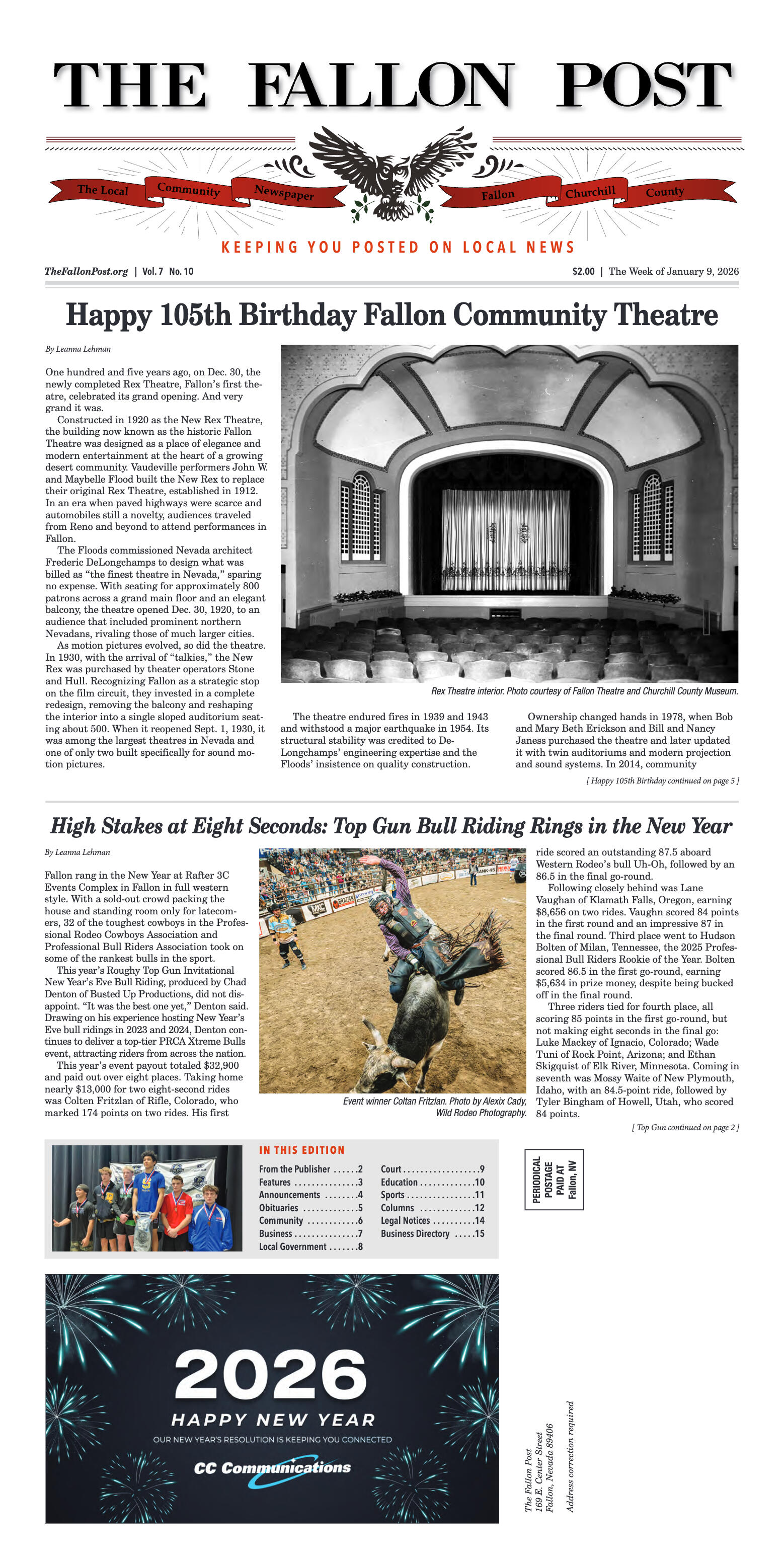
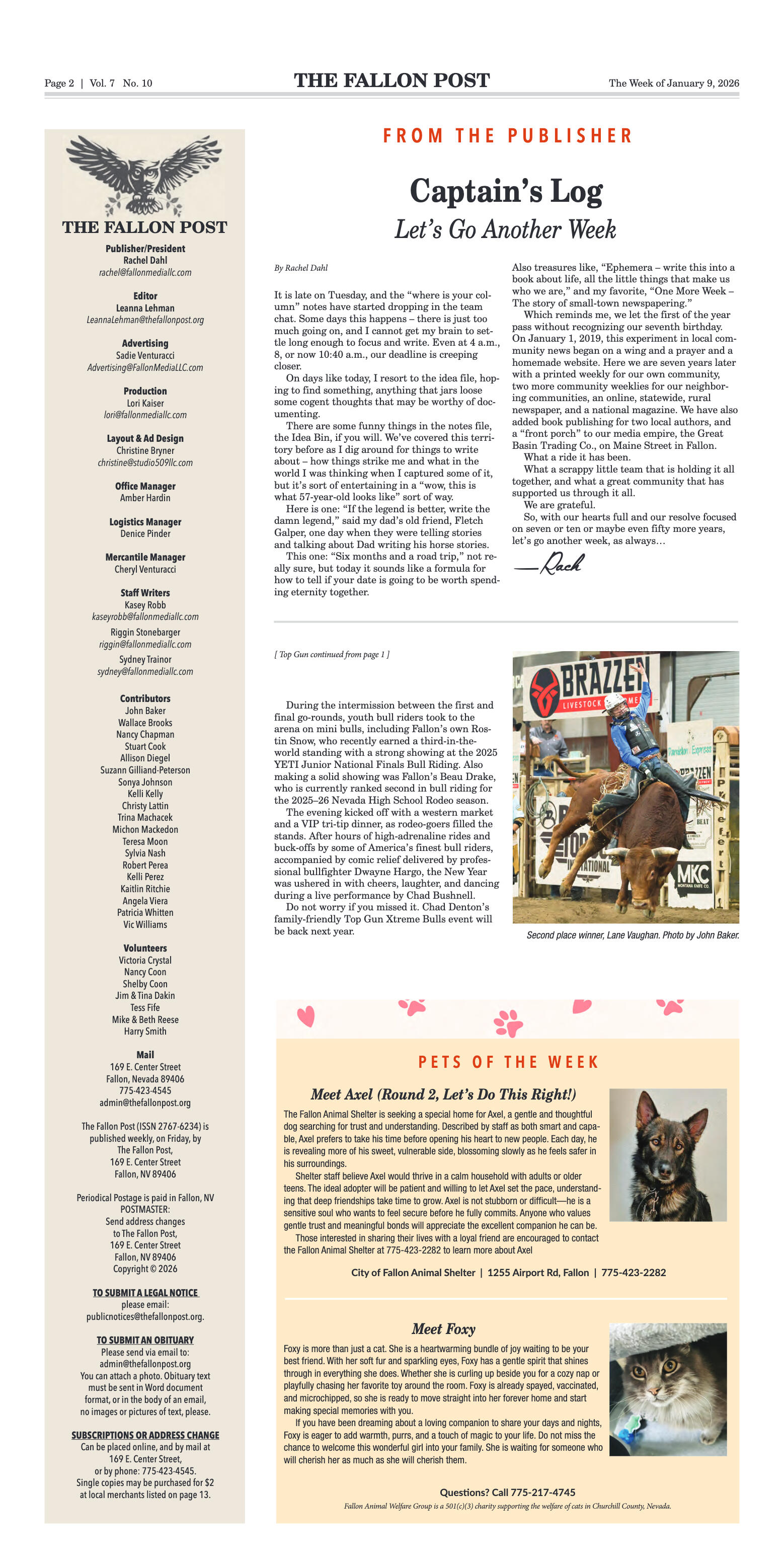
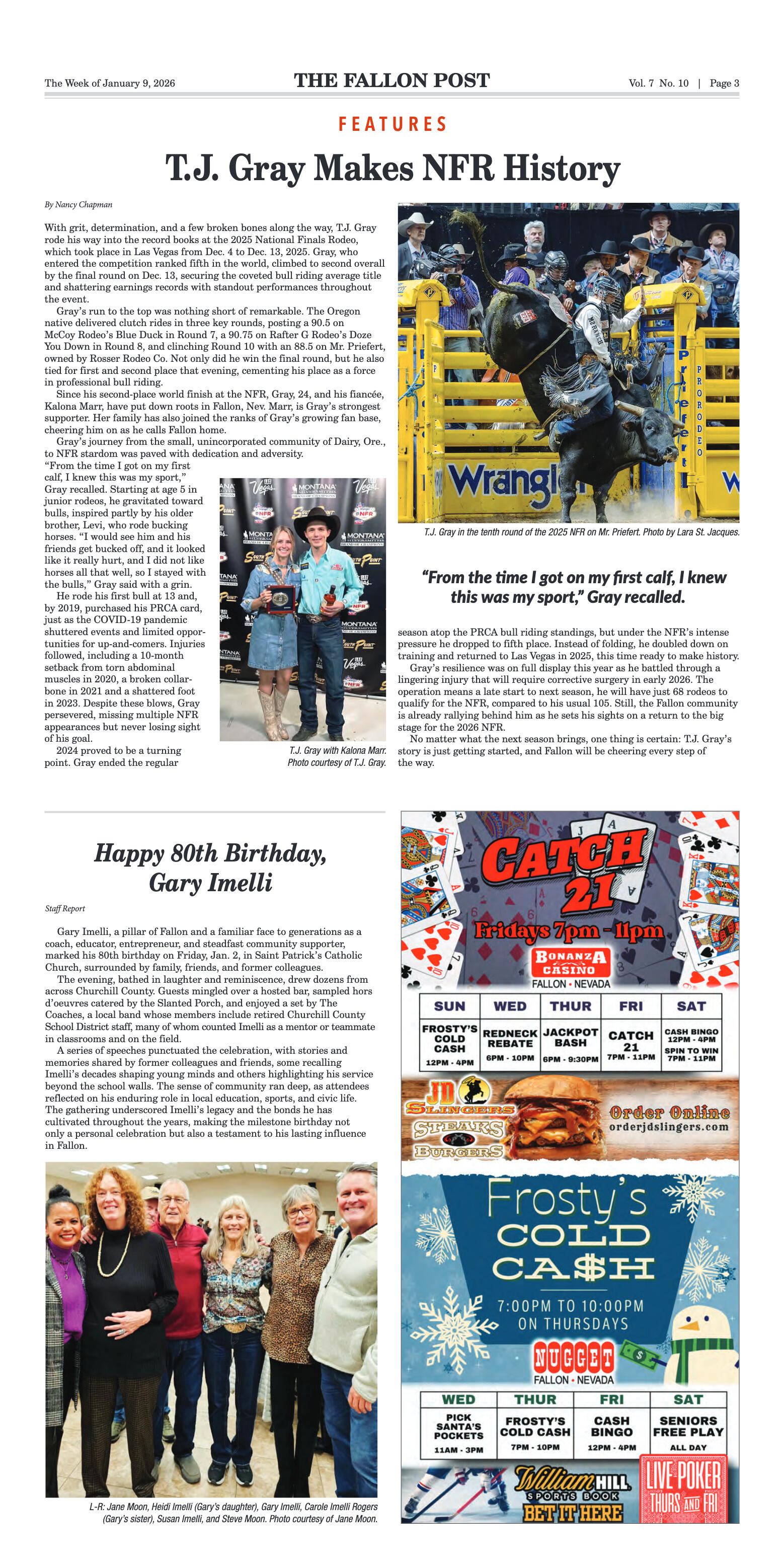

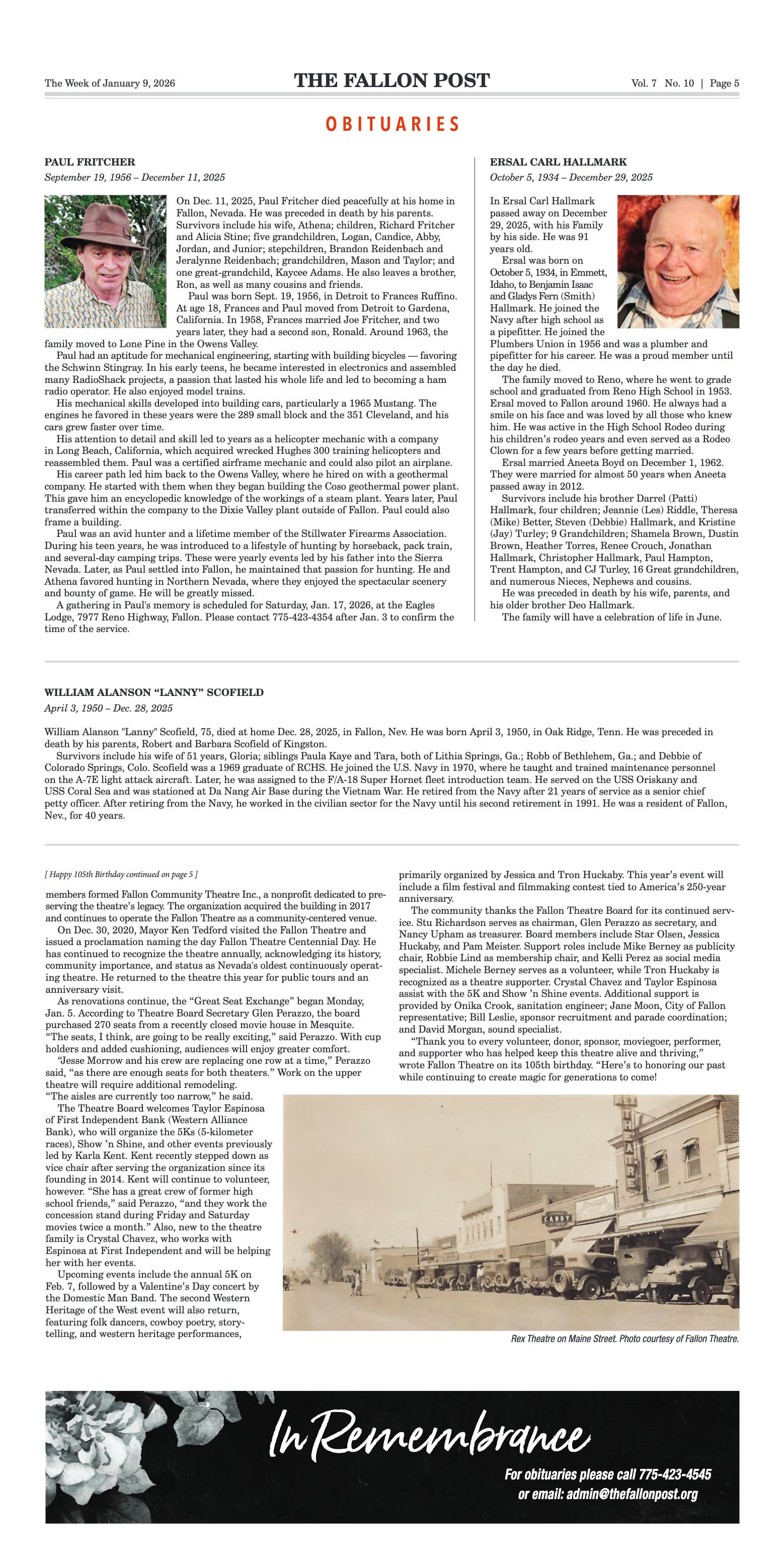
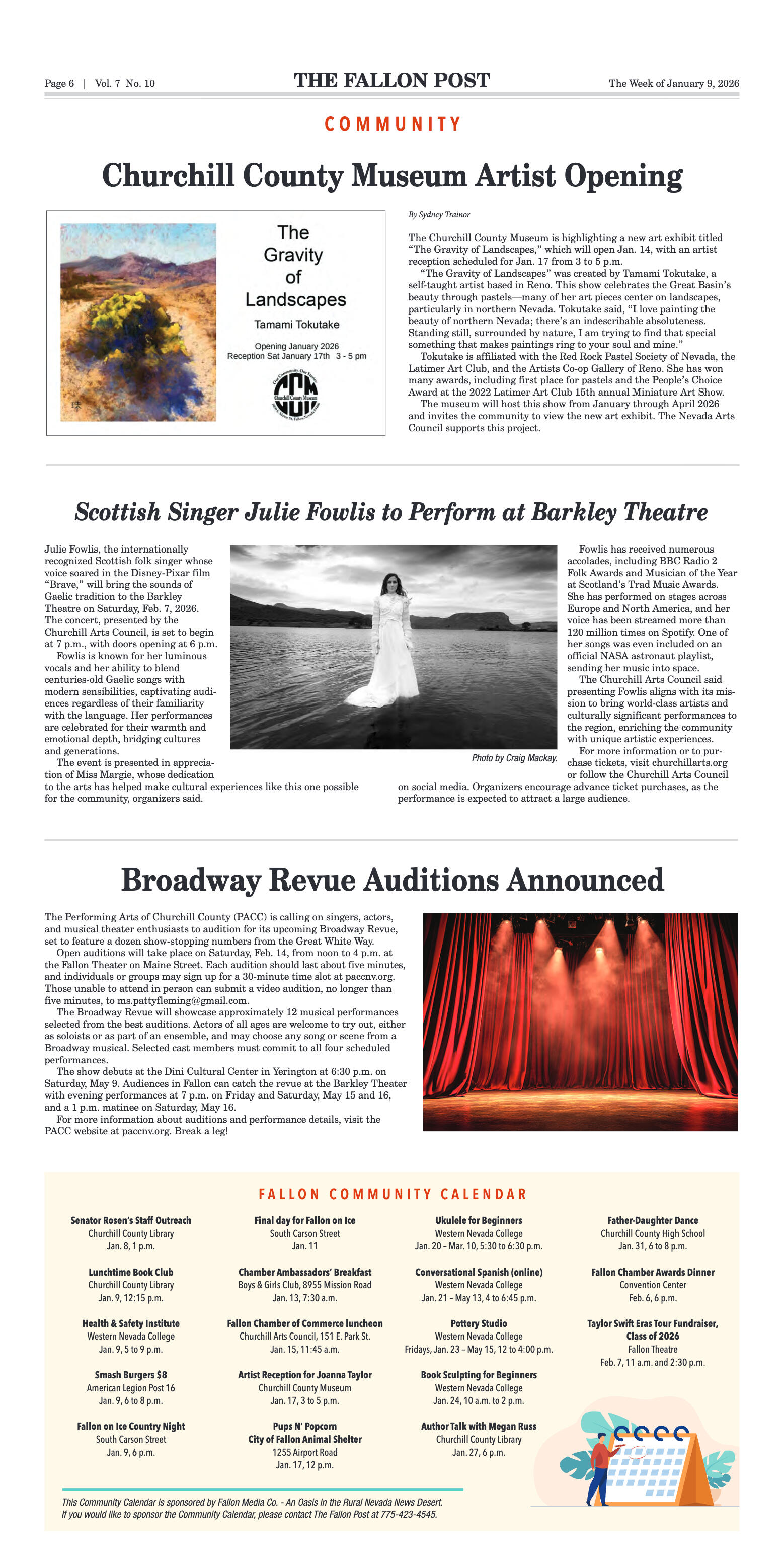
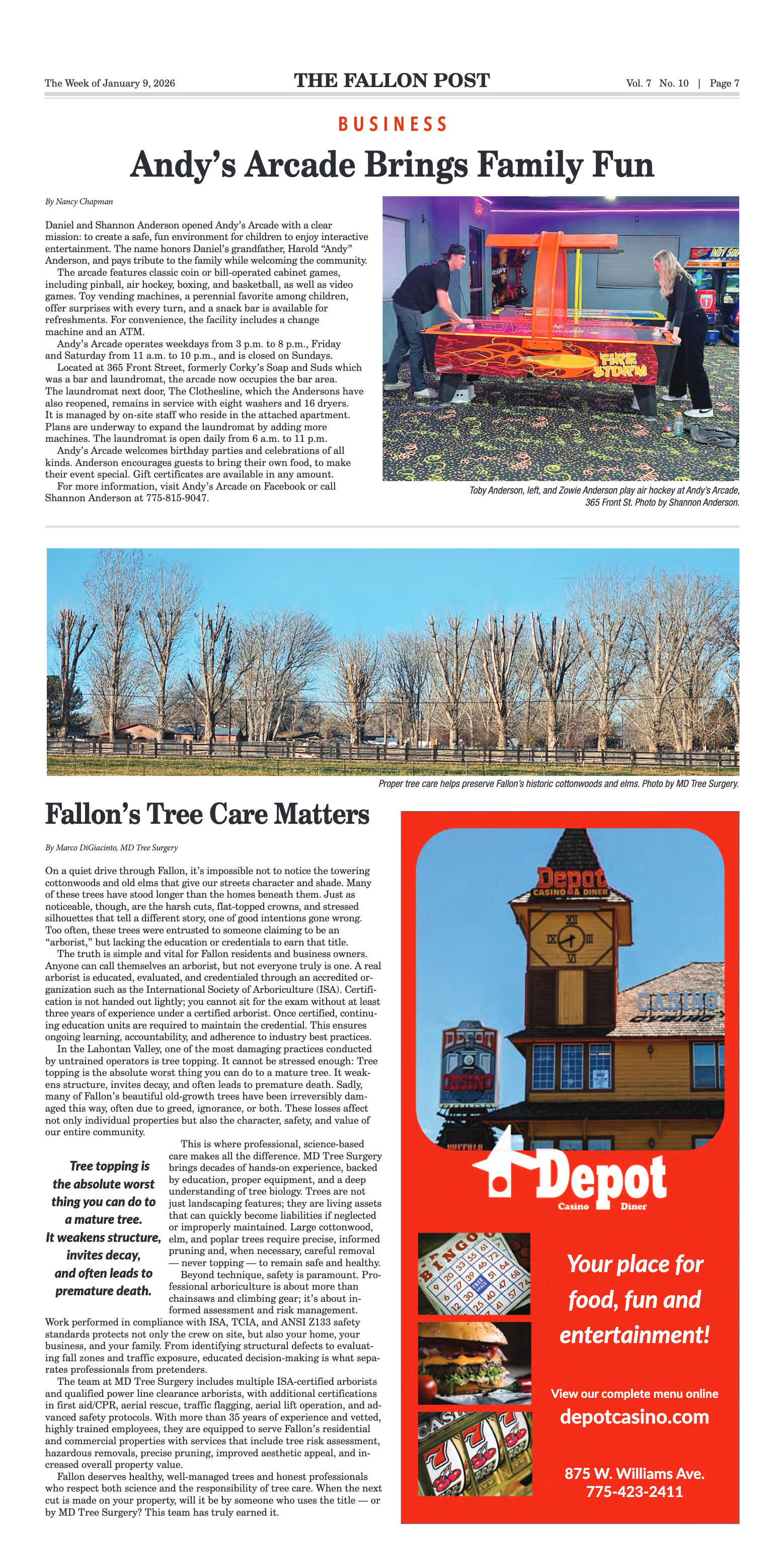
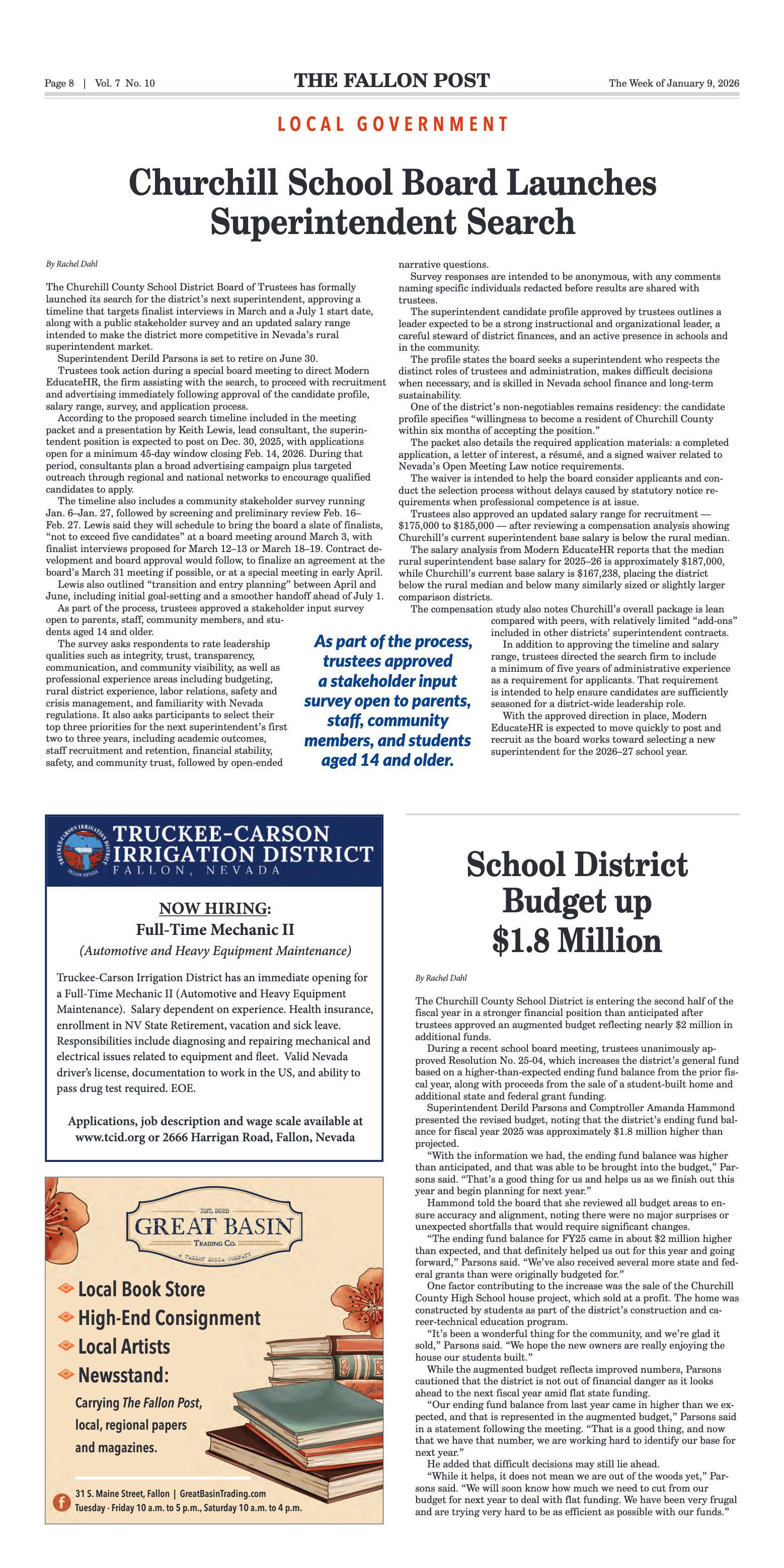
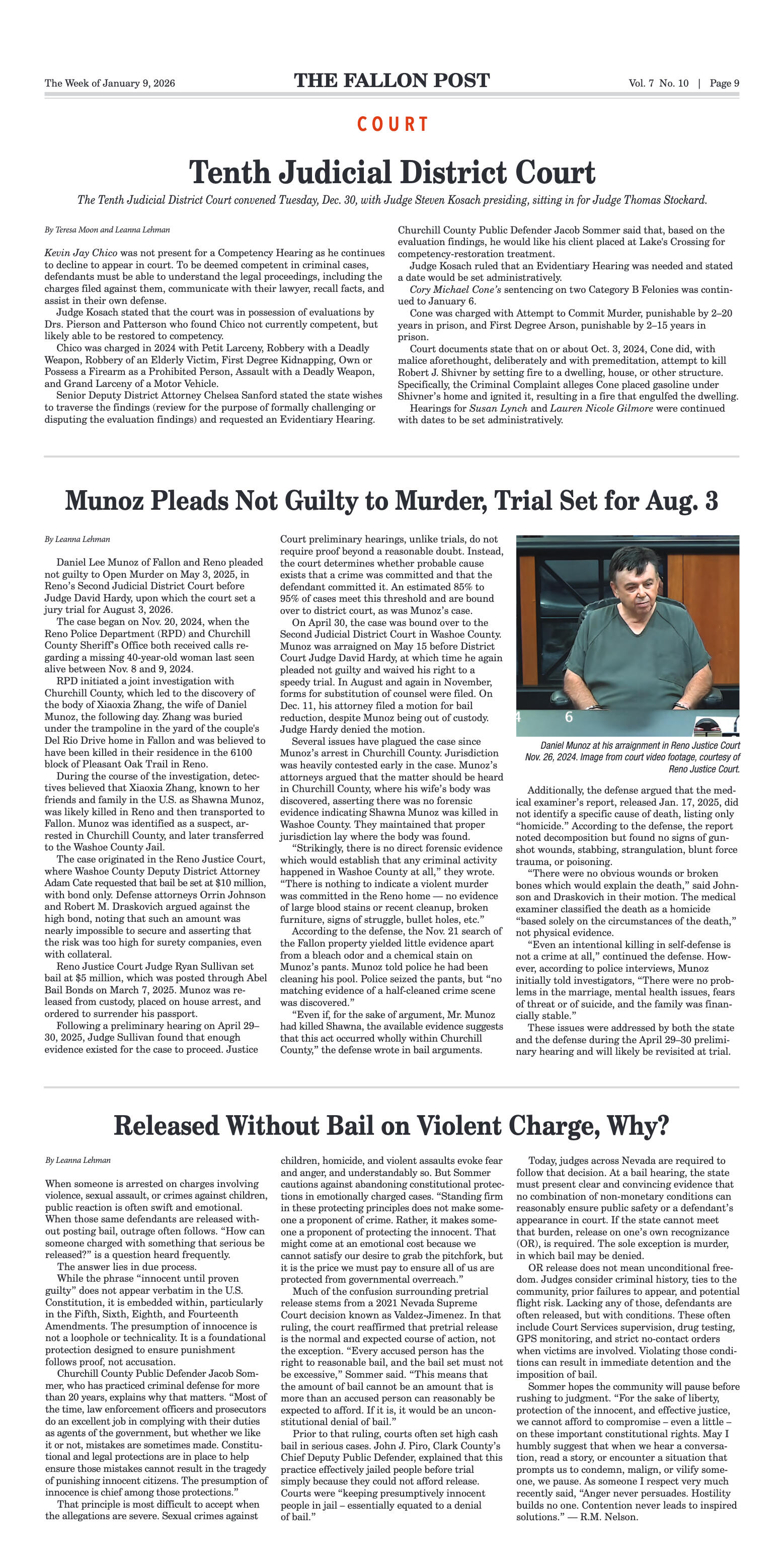
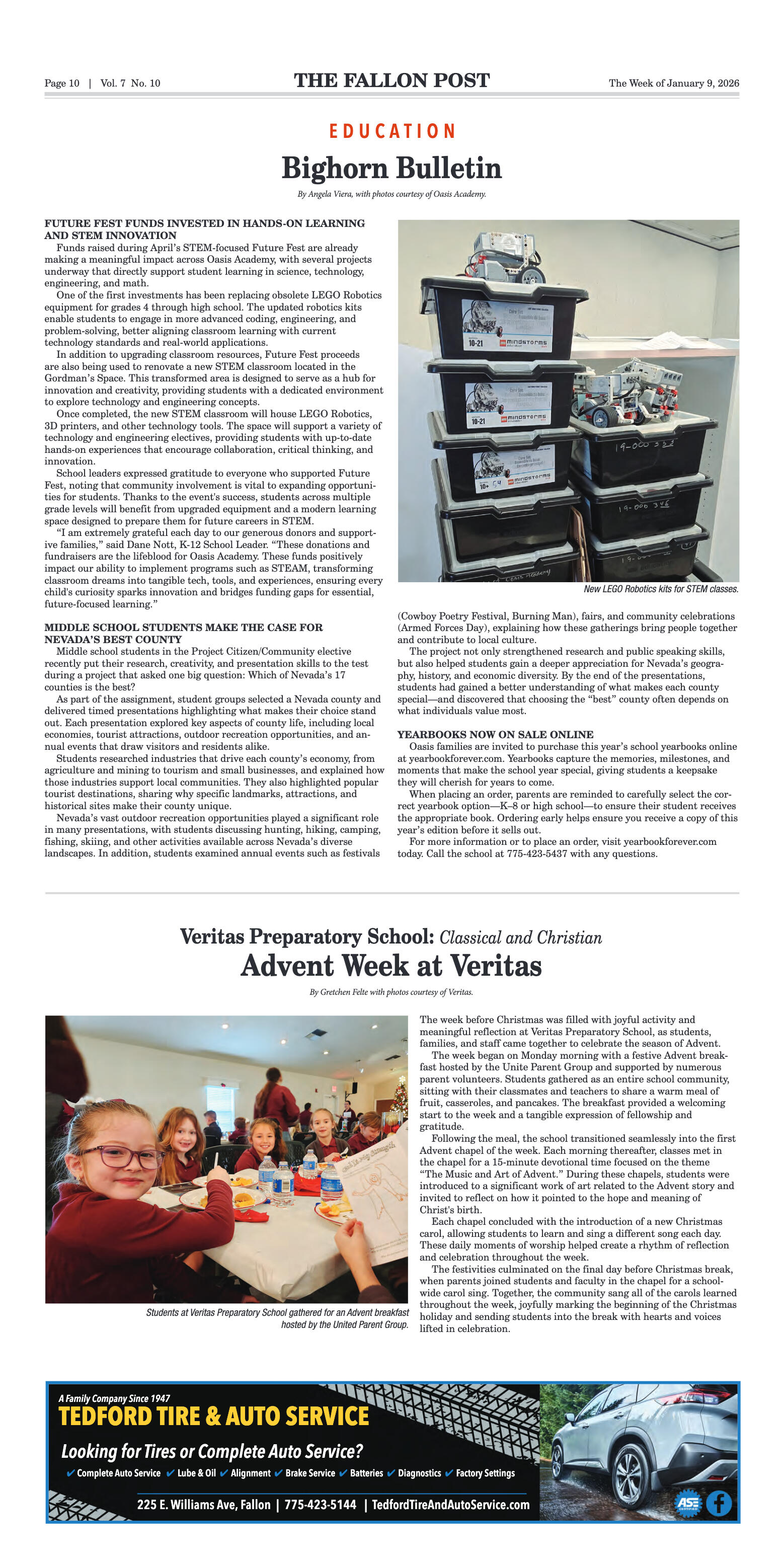
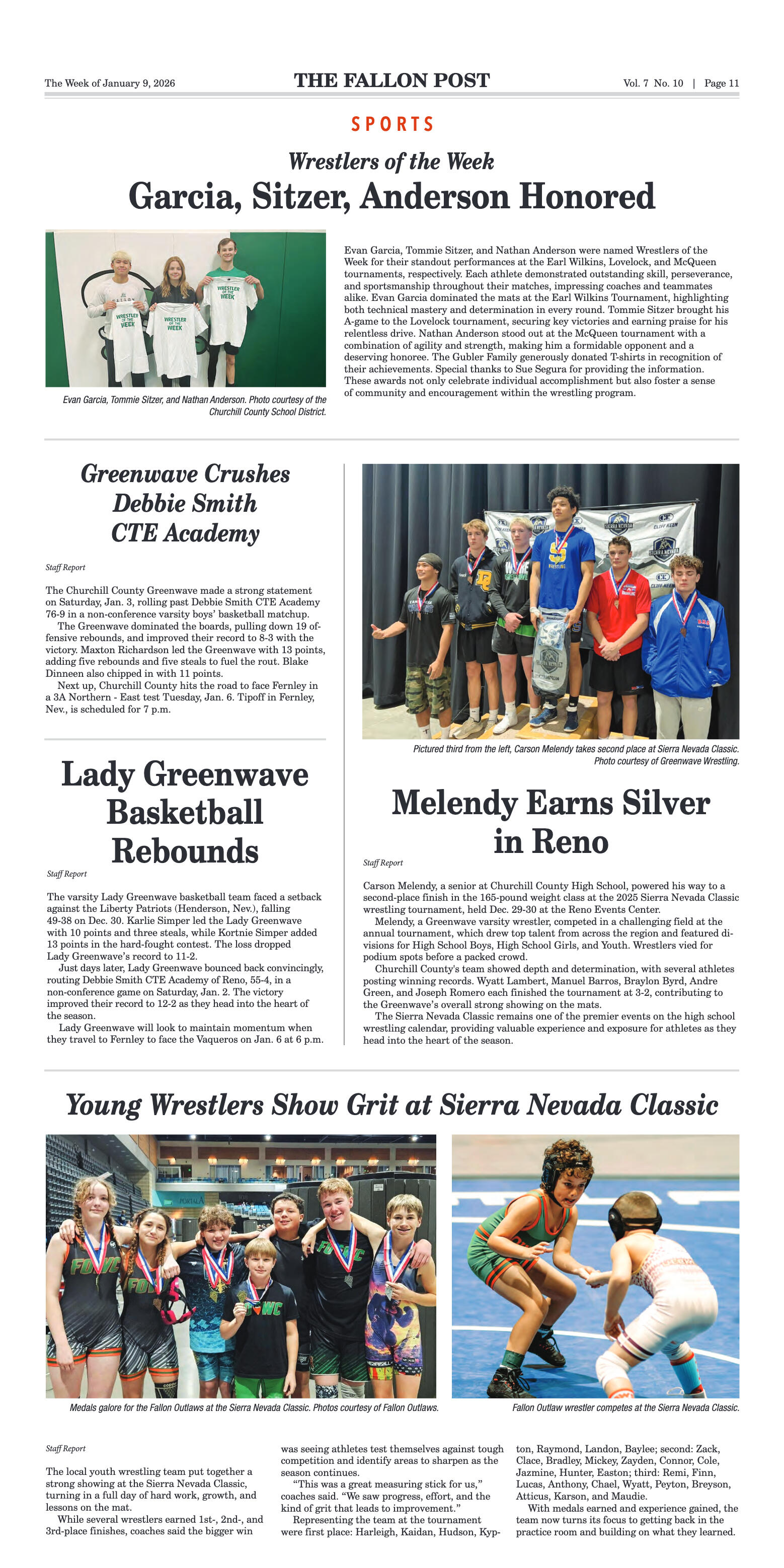
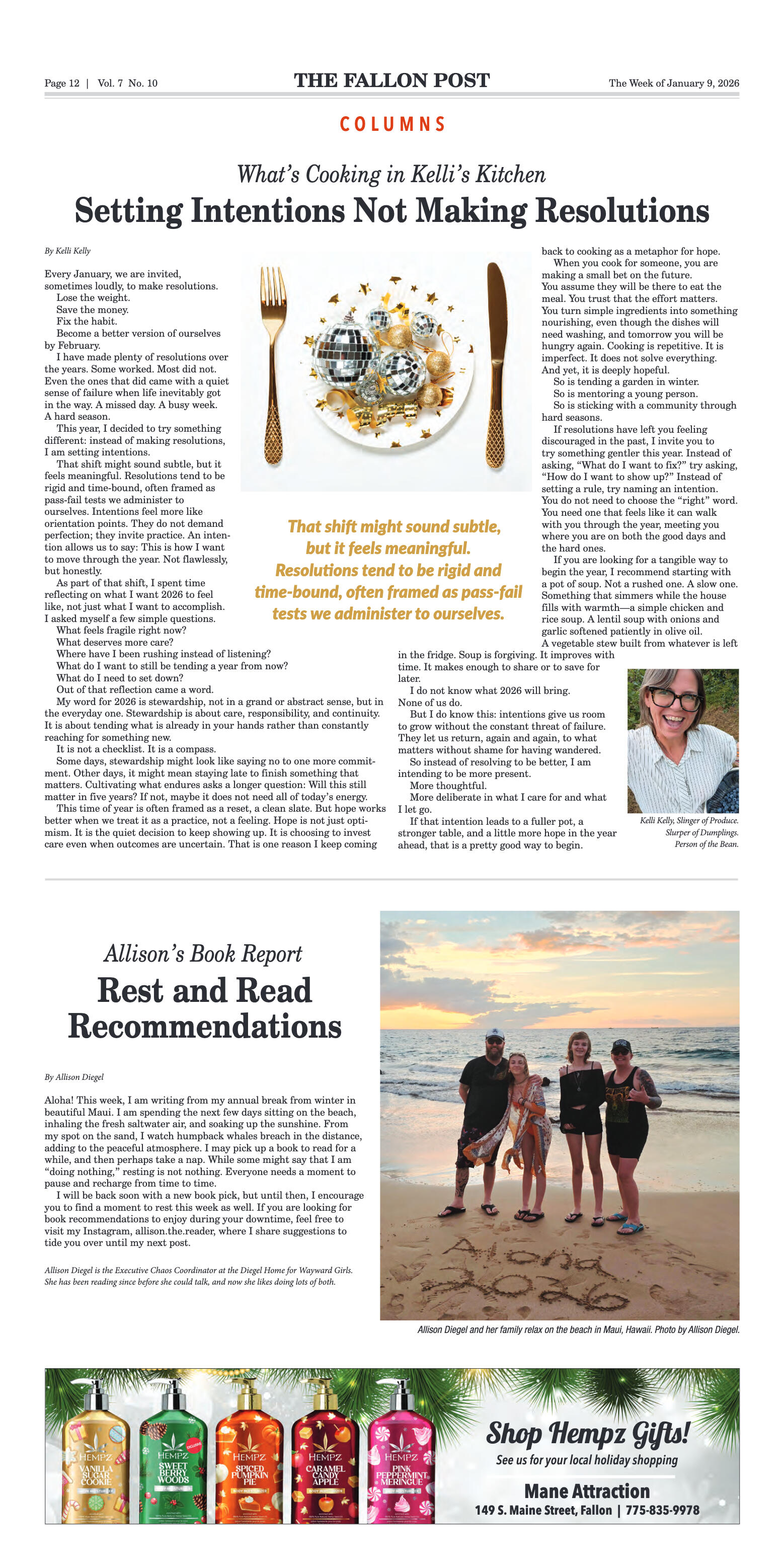
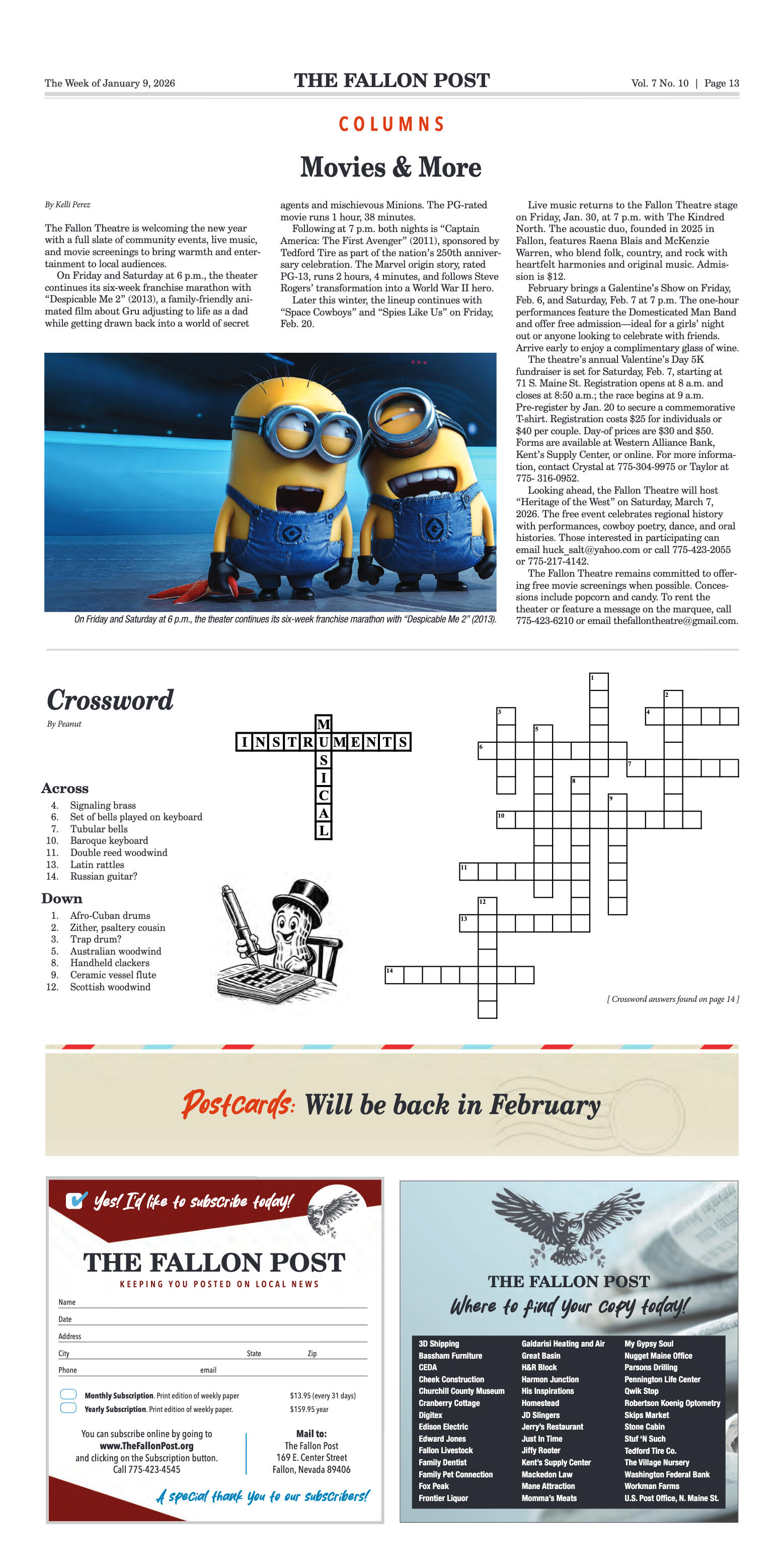



















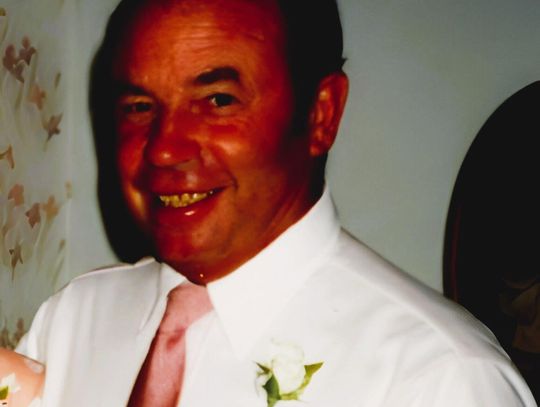
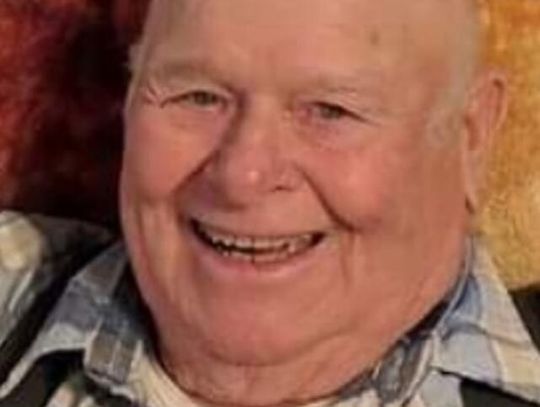

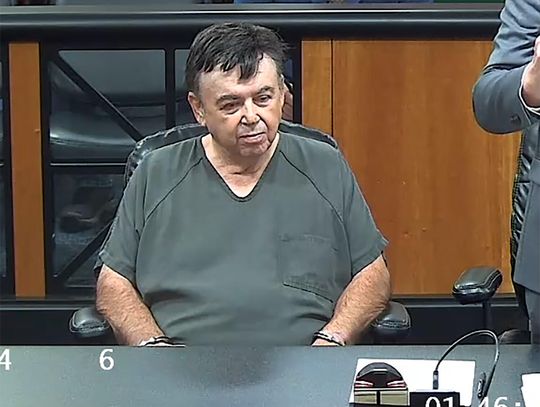


Comment
Comments